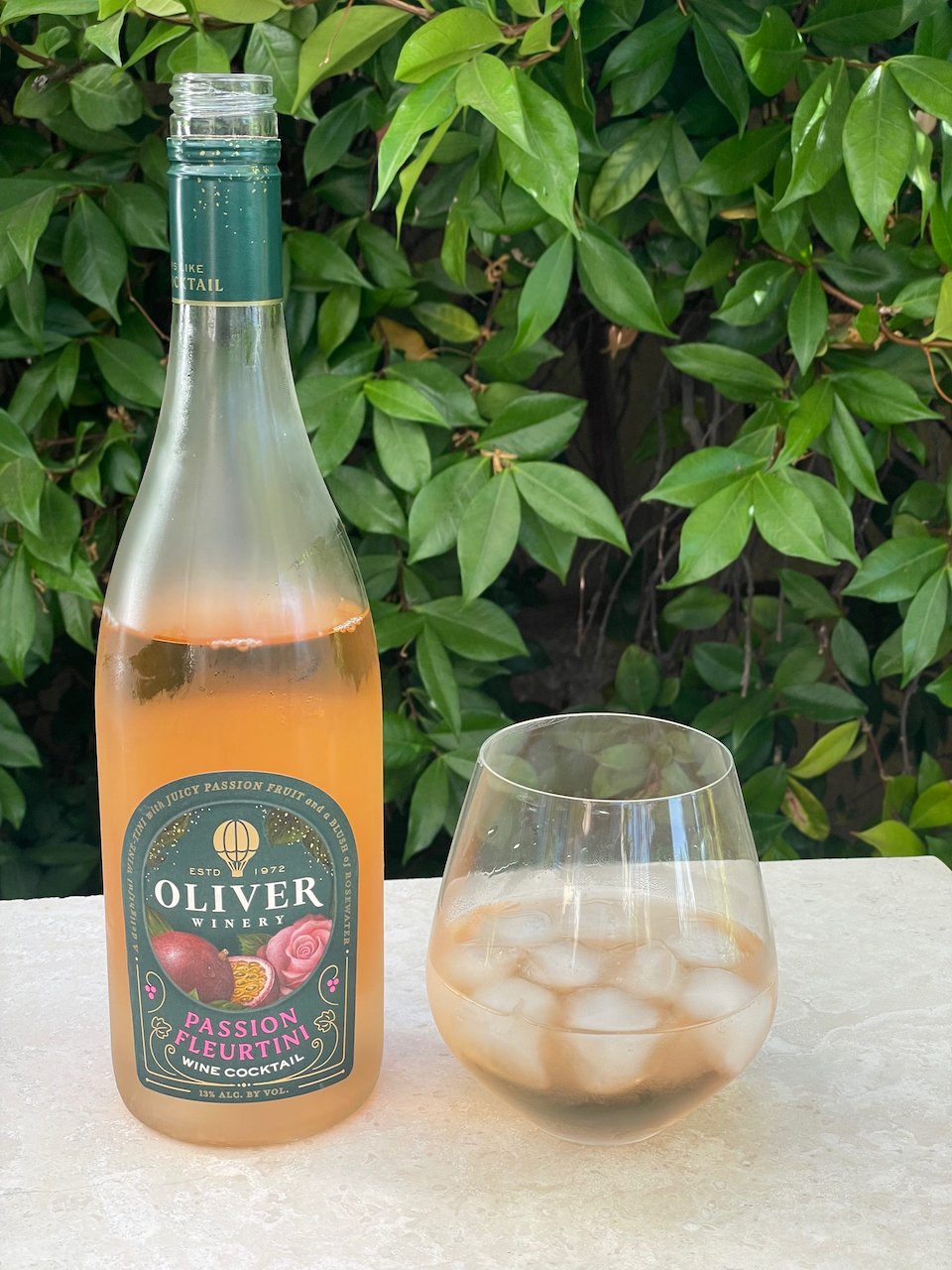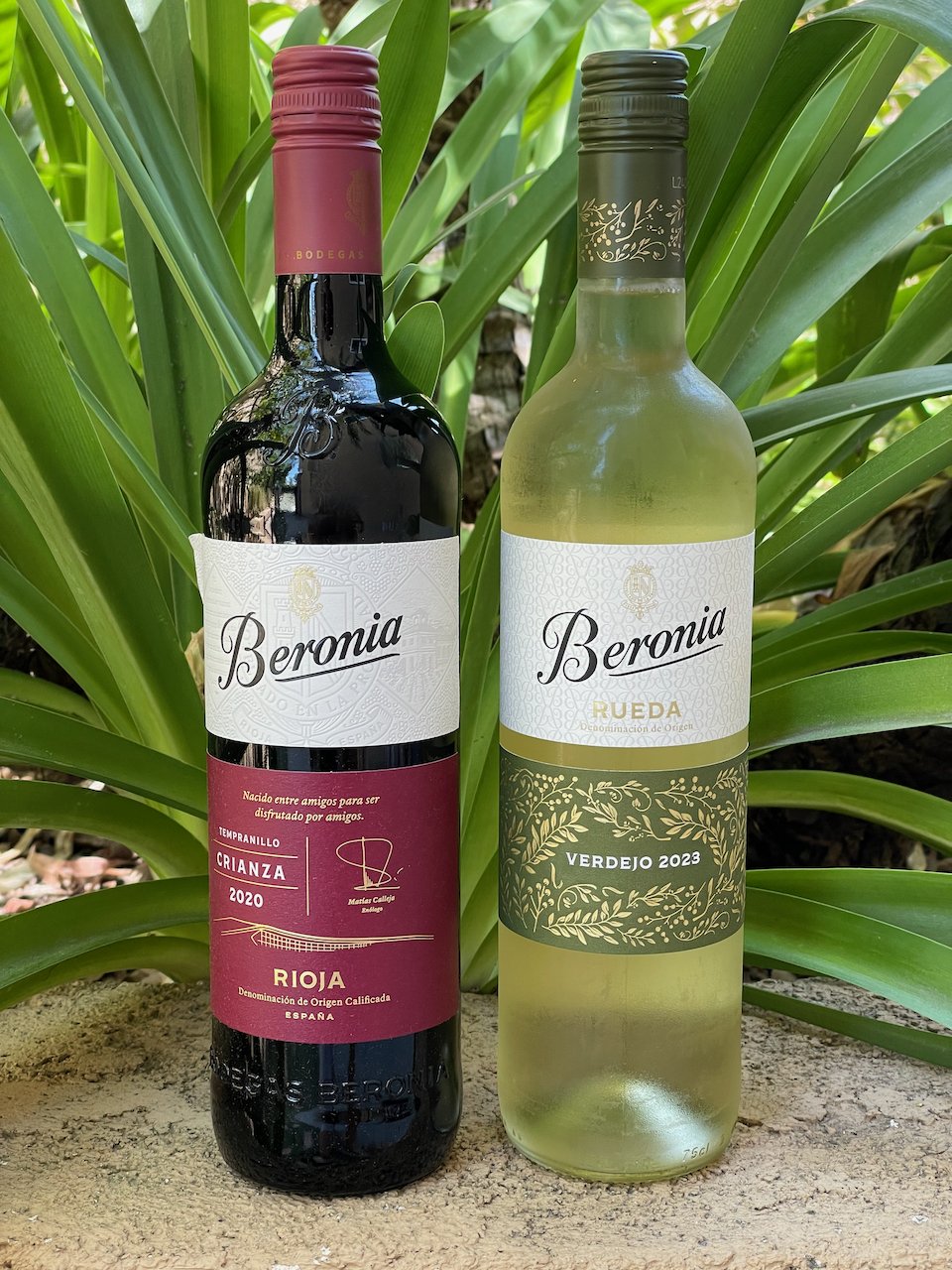I recently visited a “Winery” on a weekday in the downtown part of a city to check out their wines. When I entered, I was greeted by a hostess that grabbed a lunch menu and wanted to seat me in their large outdoor patio. I told her that I just wanted to look around and check out the “winery.”
Aside from the large restaurant, I did find a small bar serving mixed drinks, beer and glasses of wine. Then I found the “Tasting Room” that was closed and learned that it is only open on the weekend.
I then wandered over to their wall of bottled wines and pulled down a few. On the back label of each wine was the phrase “Cellared and Bottled by” followed by the name of their winery.
So, let breakdown the facts about this “winery”:
Growing the Grapes: The “winery” did not grow the grapes
Crushing the Grapes: The “winery” did not crush the grapes
Fermentation: The “winery” did not ferment the juice (the must) to produce the wine
Cellared: This means that the “winery” took possession of the wine after it was produced and was somehow responsible for storing (i.e., cellaring) it. This might involve aging the wine further or simply keeping it in tanks
Bottled: The “winery” was responsible for transferring the wine into the bottles, sealing them, and putting their label on them
So, technically this establishment is a “winery” but they don’t grow the grapes or produce the wine. This doesn’t say anything about the quality of the wine in the bottles. But, it does tell you exactly what kind of a “winery” they are.










